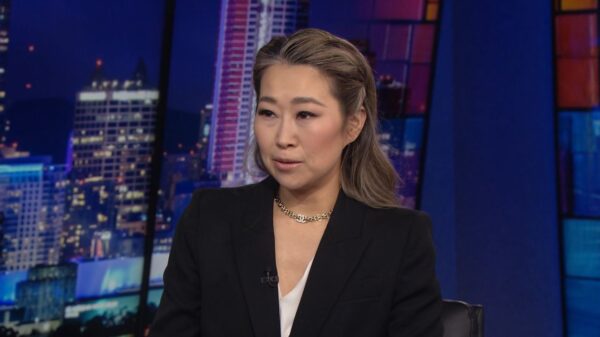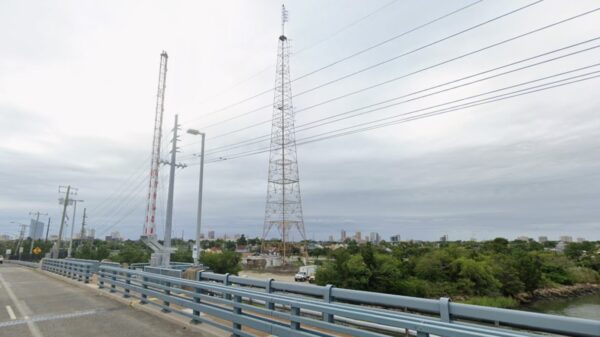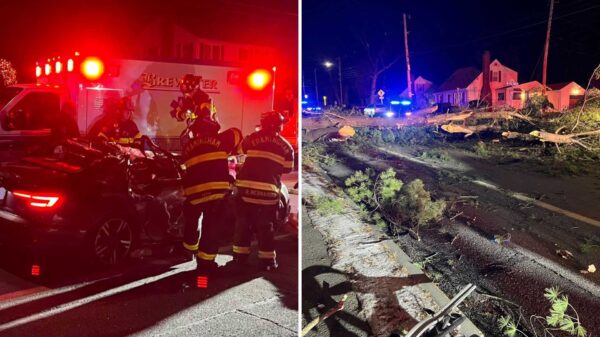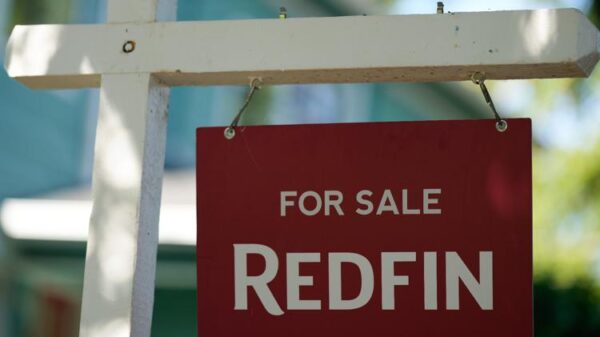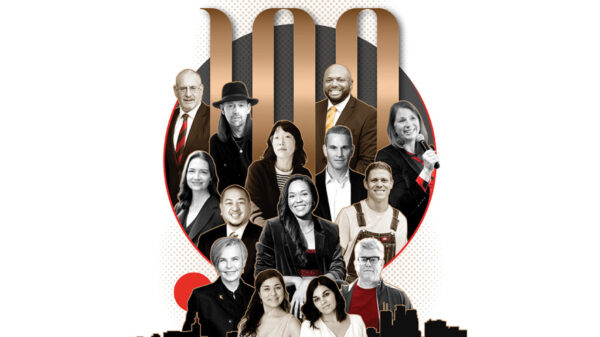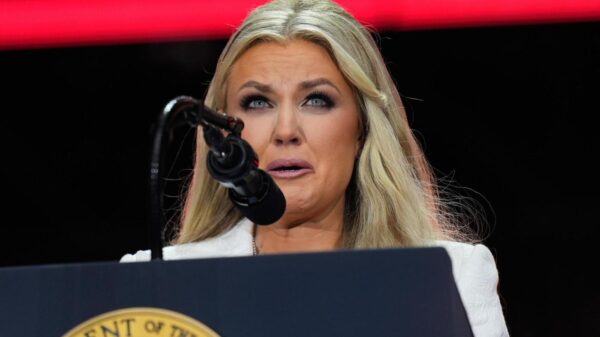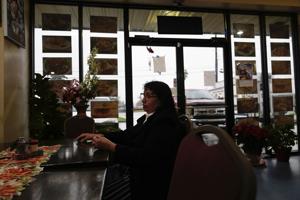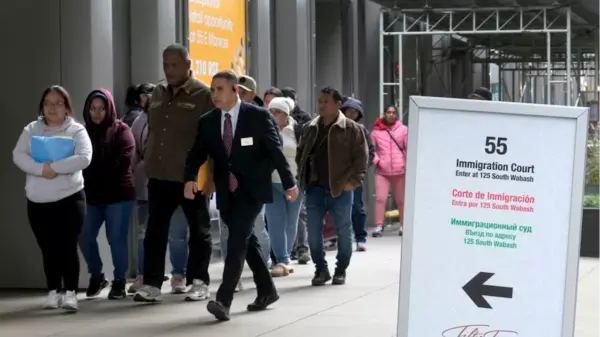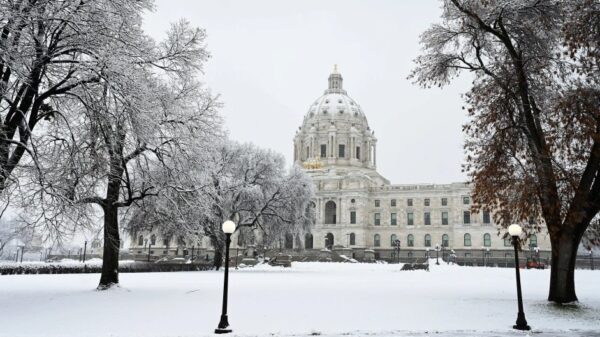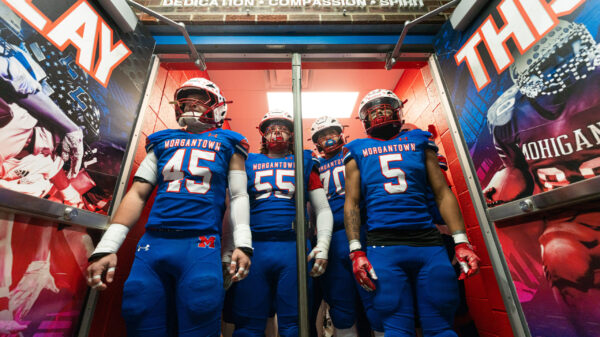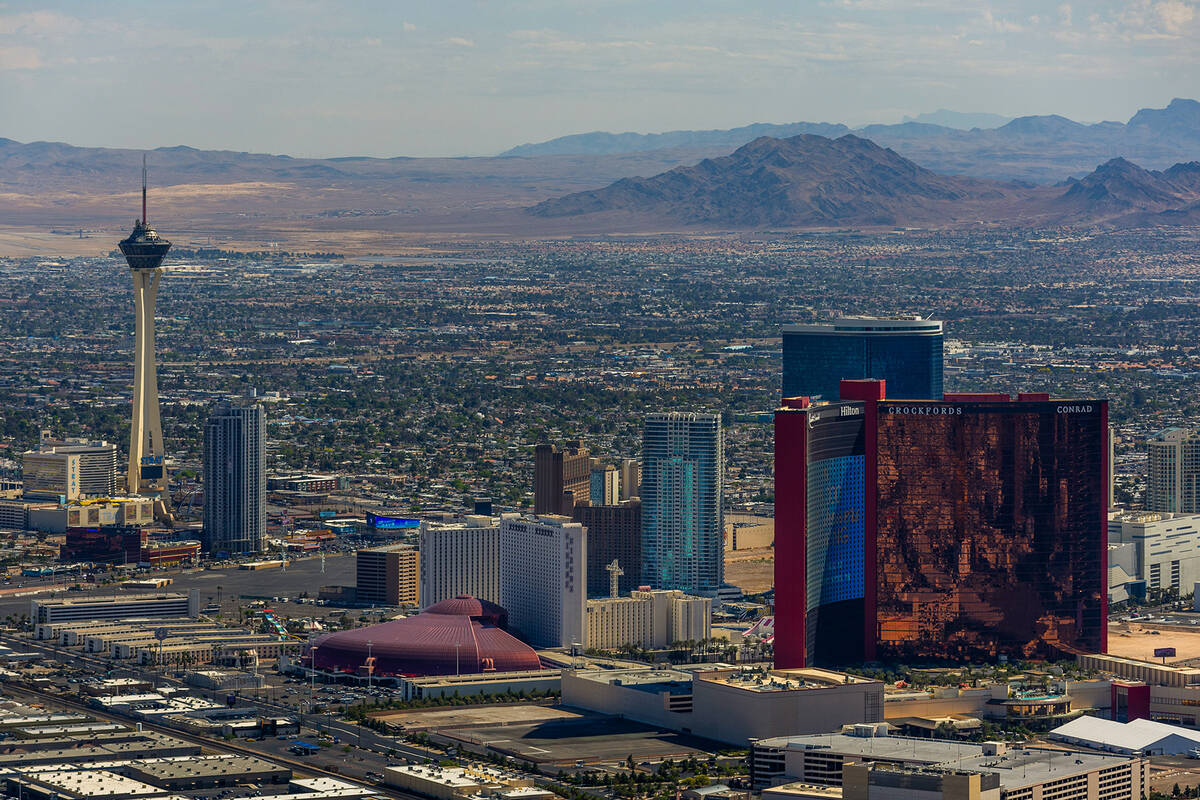Tourism in Las Vegas is facing significant challenges as visitor numbers decline while prices soar. Despite complaints from tourists about a lack of value, casino profits have also dropped, creating a paradox that raises concerns among locals. According to recent data, airline traffic and visitor volume to Las Vegas have decreased, prompting a rise in online grievances that highlight frustrations over high prices, including instances of tourists paying up to $26 for a bottle of water.
Economic Pressures and the Local Impact
The situation has sparked anxiety among residents, many of whom rely on tourism for their livelihoods. High home prices are a pressing issue, with a potential 60 percent drop in home values over two years due to an economic downturn posing a severe risk. The blame has begun to circulate, with Ted Pappageorge, leader of the Culinary Union, attributing the downturn to former President Donald Trump’s immigration policies, claiming they have led to a decrease in visitors from Southern California.
Some locals have pointed to tariffs as a contributing factor, but comparisons with Florida suggest that the challenges facing Las Vegas may be more localized. Florida, which has aggressively supported Trump’s anti-immigration stance, recently set a record for second-quarter tourism, indicating that the issues in Las Vegas are not solely due to broader national policies.
Local business leaders are voicing their concerns about pricing strategies that may alienate average tourists. Jonathan Jossel, CEO of the Plaza, recently recounted an instance where a tourist spent $33 on a coffee and bagel, emphasizing the need for the community to address these escalating costs.
Profit Margins and Rising Costs
While gaming revenue in Las Vegas has shown some positive growth, it has not translated into higher profit margins for casinos. In fiscal 2022, Nevada’s largest casinos reported earnings of $4.13 billion on $26.3 billion in revenue, resulting in a profit margin of over 15 percent. However, this figure declined to $3.44 billion with a profit margin of 11.5 percent in 2023, and it is expected to drop even further.
The rising costs can be attributed to multiple factors, including increased interest rates, higher rents, and escalating labor costs. In 2023, Pappageorge highlighted new union contracts that provided a 10 percent pay increase for workers. Average worker compensation is projected to rise from $26 per hour to $35 by 2028, which some argue is contributing to the price hikes that are harming Las Vegas’s reputation.
As the blame game continues, Pappageorge’s focus on external factors may overlook the impact of current labor contracts on the local economy. If the Culinary Union aims to enhance visitor numbers, it might be necessary to reassess its strategies and consider the broader implications of rising costs on the Las Vegas brand. The community faces a critical juncture as it seeks to balance profitability with the need to provide value to tourists, ensuring that Las Vegas remains an attractive destination for a diverse range of visitors.



